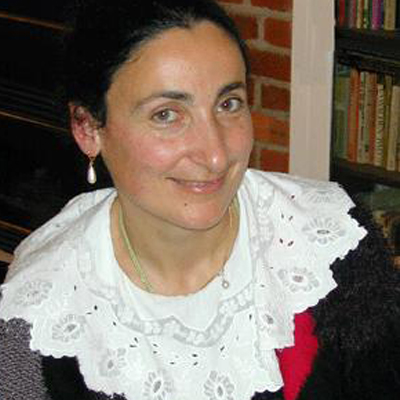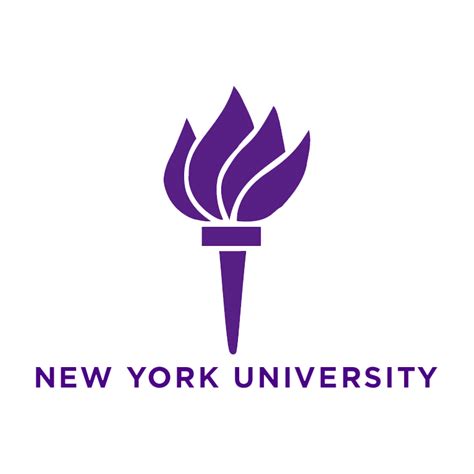Initiating a collaborative effort to answer diverse needs in data science
Dr. Isabelle Guyon, of New York University, is a highly-cited informatics researcher who currently facilitates competitions in machine learning to apply research to data modeling. You may think of predictive models as tools to help weather forecasting or stock market predictions. But amazingly enough, the same type of mathematics is also applicable to information retrieval with an Internet search engine, voice and face recognition, and tools to aid medical diagnosis. For example, in her recent research Dr. Guyon directed her interest to gesture recognition from video data, which is applicable to interpreting sign language used in communication between hearing impaired people and for signalling from a distance, in silent environments, noisy environments, or under water. Last year, Dr. Guyon collaborated with CERN physicists to bring to the attention of the machine learning community the problem of predicting which events in a collider indicate the occurrence of certain particles, such as the famous Higgs Boson. Through her nonprofit group ChaLearn (Challenges in Machine Learning) Dr. Guyon directs research into these important applications by designing “challenges” to provide incentive for scientists to think about these compelling problems.
This interesting and unique turn in Dr. Guyon’s career came with the realization that collaboration between an open pool of contributors would efficiently breed enriched innovation. After contributing multiple key inventions to the machine learning field herself (she is a co-inventor of a famous algorithm called “Support Vector Machines”), Dr. Guyon was struck by the thought that if she presented problems that she was trying to solve to a large number of scientists in the form of a competition, someone might improve upon her method, leveraging her initial contribution to push for the most cutting-edge technology. Since this epiphany, Dr. Guyon has opened the door for scientists of any age or professional level -- from bright undergraduates to casual hobbyists -- to explore and generate novel machine learning systems crucial to our current age of information. For years these competitions, garnering up to 300 teams at a time, have directed the attention of the scientific community to unique problems they might not have realized needed solutions, and have provided an organic method of teaching future computer scientists the tools they need to approach and tackle such problems on their own for many more years to come.
A few current projects include:
-
Looking at People: Through human pose recovery, action/interaction recognition, and gesture recognition, Dr. Guyon is indulging the creation of machine learning practices that will revolutionize the job interview process. By using a motion-sensing camera, such as Kinect, recruiters can analyze and select applicants with an added layer of effectiveness, reducing wrong hiring decisions and unemployment.
-
Discovering Neural Network Structures: Recovering the exact circuitry of the brain (up to 100 billion neurons) is a daunting tasks. However, with new technology of opto-genetics and fluorescence imaging, neuroanatomists can now read and write the brain and recovering the neural structures can be facilitated with machine learning. A data model that could explain the brain’s wiring would mean possible advances in Alzheimer’s and epilepsy research, as it would possibly point out blocks in neuron flow and other anomalies.
-
Automatic Predictive Models: The Automatic Machine Learning (AutoML) challenge series aspires to create a machine capable of learning from examples without any human intervention. The methods of the winners of each round will be made publicly available and will save enormous amounts of human effort in data science. This challenge series received initial support from Microsoft. ChaLearn intends to pursue it by introducing problems of increasing difficulty to push research in the field.
Bio
Dr. Isabelle Guyon obtained her Ph.D. from Pierre et Marie Curie university in 1985, long before machine learning and data science were well-established fields (and before data was anywhere near as abundant as it is today). Following the rising interest in model neural networks that statistical physics inspired in the 80s, Dr. Guyon began to pursue data modeling and worked on developing systems for handwriting recognition. After graduation, she was hired by Bell Labs to continue her research and eventually co-invented Support Vector Machines, a predicting modeling technique that became a popular method by data scientists (over 6,000 citations to date).
In 1996, she began working as a consultant in the biotech and computer vision industry, where she tackled a variety of applications including cancer research. Her variable and feature selection findings helped in the discovery genes or proteins that could be responsible for malignancies.
For Dr. Guyon, “data modeling is at the heart of science.” She finds passion in providing the scientific community with challenging problems to continuously push the data modeling field forward.
One of Dr. Guyon’s other many skills is martial arts. Judo was a long-lost sport she had begun as a teenager and then stopped, but with the encouragement of her children, Dr. Guyon dove back in as a means to spend time with them. Now she holds a second degree black-belt. Her other hobbies include painting and flamenco dancing.
A full list of ChaLearn’s present and past challenges in all their astounding diversity can be found on their website: http://chalearn.org


